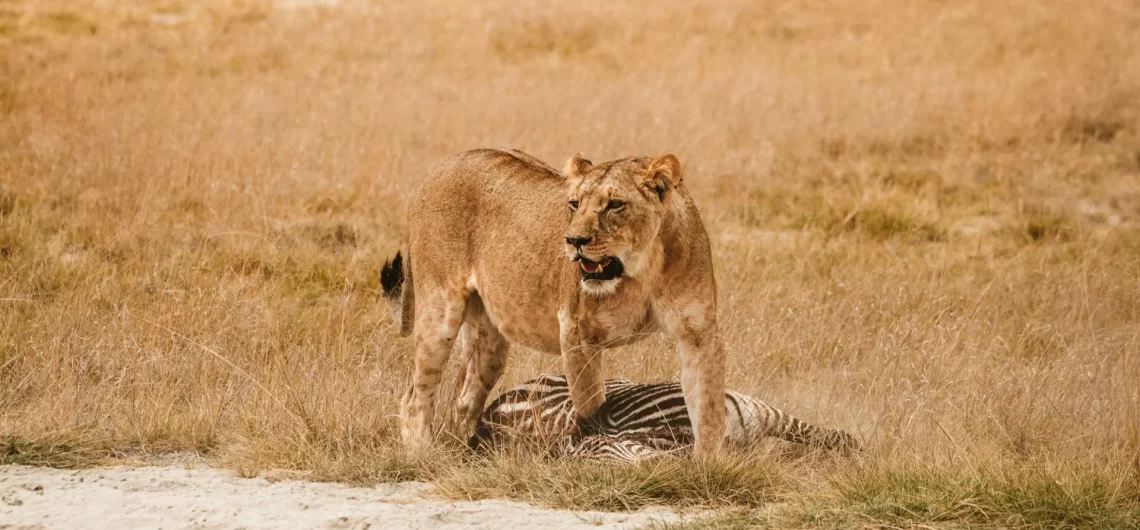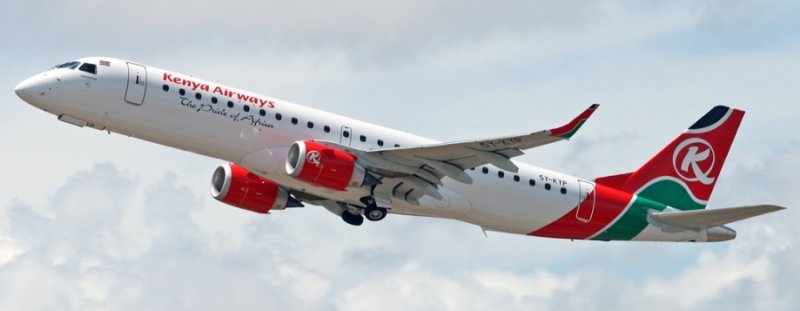The Masai Mara National Reserve in Kenya is one of Africa’s most iconic safari destinations. Known for its stunning landscapes, abundant wildlife, and the incredible Great Migration, a trip to the Masai Mara is a dream for nature lovers and adventure seekers alike. In this guide, we’ll explore everything you need to know for an unforgettable experience in the Masai Mara.
- Why Visit the Masai Mara?
The Masai Mara is renowned for its rich biodiversity, offering visitors a chance to witness the Big Five—lions, elephants, leopards, buffalo, and rhinos—in their natural habitat. Additionally, the reserve is home to the world-famous Great Migration, where over 1.5 million wildebeest, zebras, and gazelles cross the Mara River in a dramatic display of survival.
- Best Time to Visit the Masai Mara
Timing your visit is crucial to experiencing the Masai Mara at its best. The dry season, from July to October, is ideal for witnessing the Great Migration. However, the reserve offers excellent wildlife viewing year-round, with the lush green season from November to June providing fewer crowds and vibrant landscapes.
- Top Attractions in the Masai Mara
- The Great Migration: One of nature’s most spectacular events, the migration is a must-see for any wildlife enthusiast.
- Game Drives: Experience the thrill of close encounters with Africa’s majestic animals during morning and evening game drives.
- Hot Air Balloon Safaris: Soar above the plains at sunrise for a breathtaking view of the wildlife below.
- Cultural Visits: Engage with the local Maasai communities to learn about their traditional way of life and culture.
- Choosing the Right Accommodation
From luxury tented camps to eco-friendly lodges, the Masai Mara offers a range of accommodation options to suit every traveler’s needs. Consider staying in a lodge that offers guided safaris and other activities to enhance your experience.
- Essential Travel Tips for the Masai Mara
- Health Precautions: Make sure to take malaria prophylaxis and get the necessary vaccinations before your trip.
- Packing Essentials: Pack lightweight clothing, a good camera, binoculars, and sunscreen. Don’t forget a hat and sunglasses for sun protection.
- Travel Logistics: The Masai Mara can be accessed via road or by a short flight from Nairobi. Flying is recommended for those on a tight schedule or seeking convenience.
- Sustainable Travel Practices
Support conservation efforts by choosing eco-friendly lodges and participating in responsible tourism activities. Respect wildlife by maintaining a safe distance during game drives and never feeding the animals.
Conclusion
A journey to the Masai Mara is not just a safari; it’s a transformative experience that connects you with the raw beauty of Africa. Whether you’re witnessing the Great Migration or simply soaking in the stunning vistas, the Masai Mara offers an adventure of a lifetime. Start planning your trip today and immerse yourself in one of the most extraordinary natural wonders on Earth.
Call to Action
Ready to embark on your Masai Mara adventure? Book your safari today and explore the wild heart of Africa!


